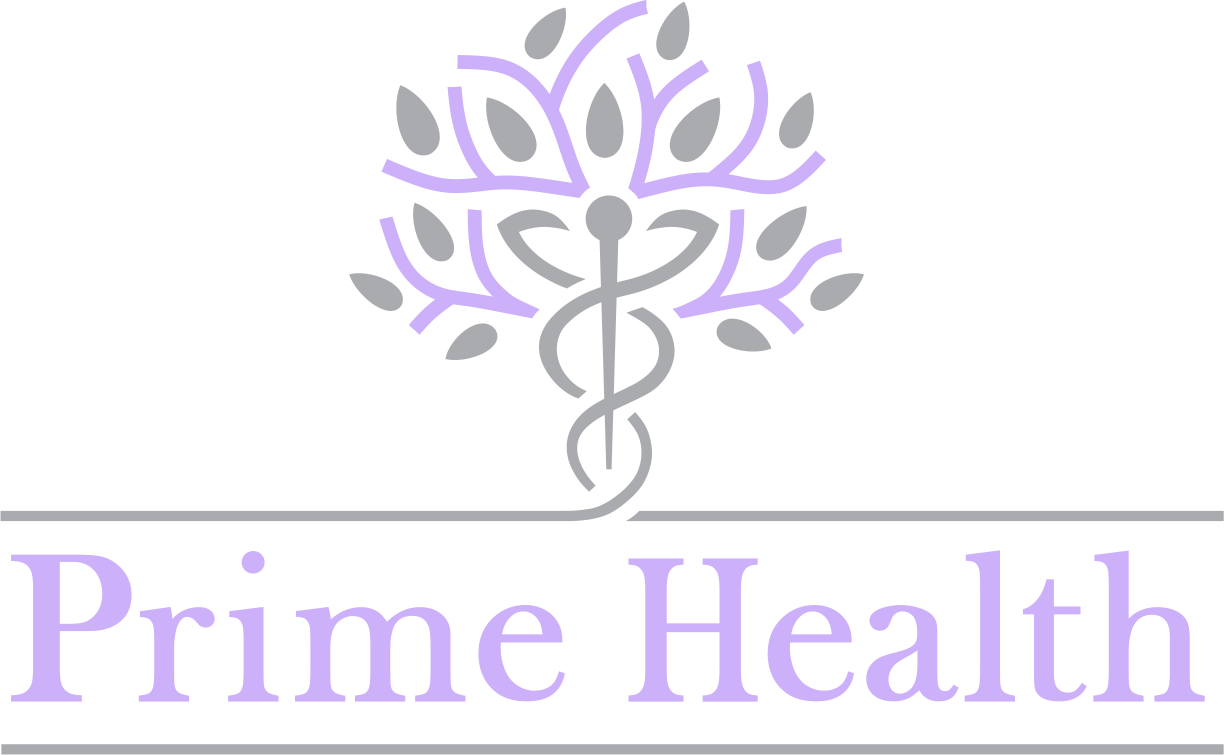The Benefits and Importance of Physiotherapy after Car Accidents
Physiotherapy is a form of physical therapy that focuses on using various exercises and other
forms of treatment to improve patient movement and function. Physiotherapy can treat various
conditions, including injuries that were inflicted by car accidents. It can help reduce pain,
increase mobility, and help regain strength and coordination for patients seeking this form of
therapy. Furthermore, it prevents further injury by retraining muscles and improving balance for
long-term health.
Car accidents are traumatizing events, and the injuries sustained even in a minor accident can be
serious and lead to long-term pain. After a car accident, there is a good chance you are dealing
with injuries related to the musculoskeletal system. These injuries tend to involve soft tissue
damage, such as strains and sprains. There are various benefits to physiotherapy after a car
accident. Firstly, physiotherapy can help speed up the healing process by reducing areas of
inflammation and promoting blood flow in affected areas. Your physical therapist can help
determine the fastest route for you to achieve total recovery. Developing a customized
strengthening and conditioning program that is complemented by other forms of therapy such as
massage, chiropractic, or laser therapy. Secondly, physiotherapy can reduce stiffness, increasing
the range of motion in affected areas. It can also help retrain muscles so that victims of car
accidents can regain functionality after injury. Moreover, preventing long-term damage is
another benefit Physiotherapy provides to patients, failure to address debilitating pain can result
in long-term damage. The sooner you get treatment, the faster you will recover. This is extremely
important regarding injuries that are sustained to the spine or neck, as these areas are susceptible
to further long-term injury if functionality is not regained properly or in a timely manner.
Being involved in a motor vehicle accident and suffering from a series of injuries can cause you
to experience a heavy mental health burden, even during the recovery process. Physiotherapy can
not only help you heal physically, but it can also help you heal emotionally after the accident.
Attending regular sessions with your physiotherapist is a great way to keep yourself active, as is
interacting and talking with your physiotherapist, which can help strengthen you mentally.
It is important to start physiotherapy as soon as possible if you have been involved in a motor
vehicle accident. This will ensure that the injuries you have sustained will be treated effectively
and quickly, allowing you to make a full recovery and get back on your feet. In certain
circumstances, serious injuries may require you to take time before starting physiotherapy
immediately. Once you have been cleared by a medical professional for your serious injuries,
then you can begin physiotherapy.
Overall, physiotherapy can be a crucial part of the recovery process for you or your loved ones
after a motor vehicle accident. It will help reduce inflammation, promote quick healing, reduce
pain, decrease stiffness, and help retrain your muscles ‘functionality. Make sure to consult with a
physiotherapist as soon as possible so that you can begin your recovery process.



